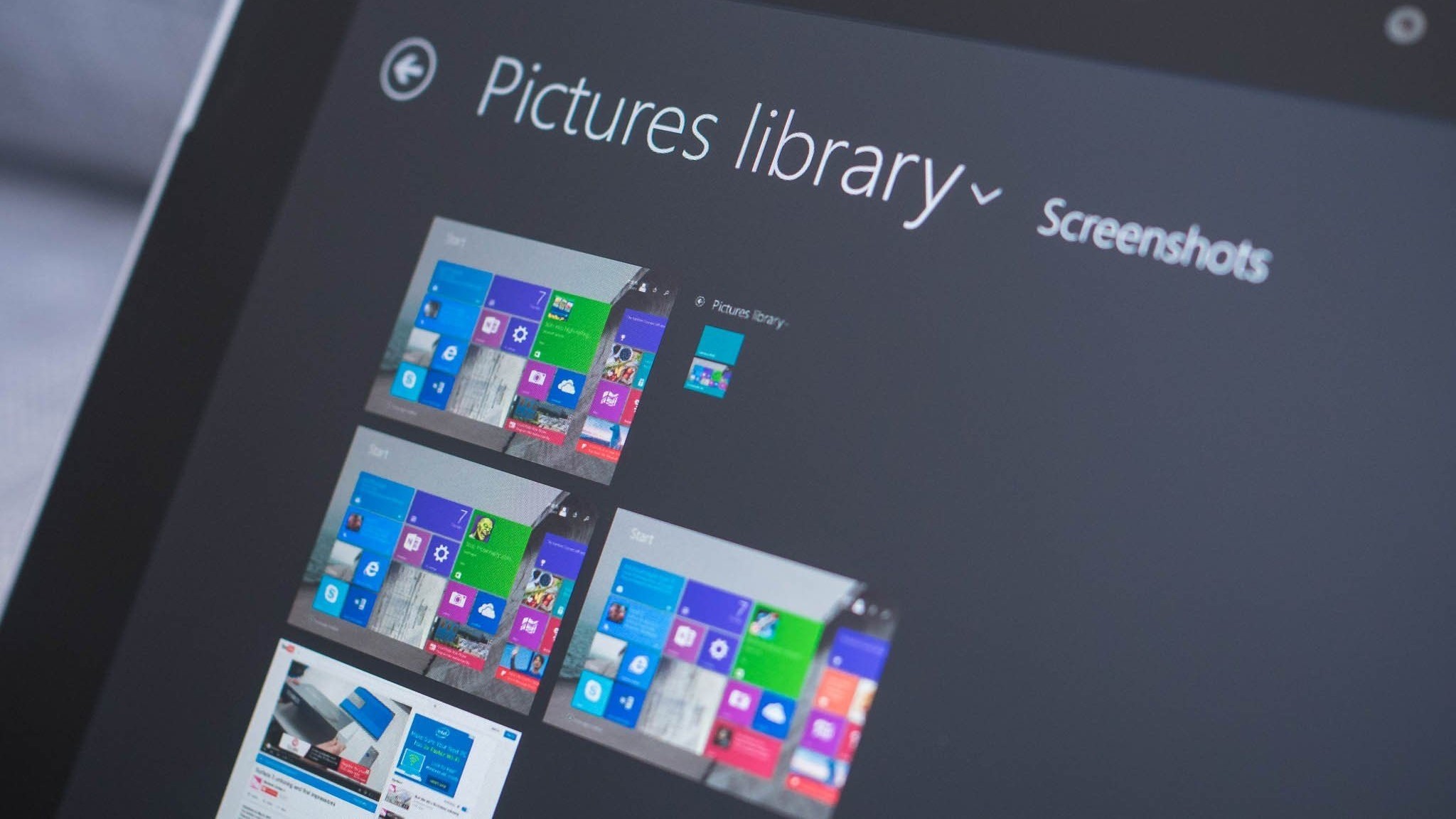What you need to know
- Windows 8.1 officially reached its end of support today.
- The operating system aimed to fix many of the issues introduced with Windows 8 but was ultimately received poorly by general users.
- Those with PCs running Windows 8.1 can upgrade to Windows 10 for free and Windows 11 if their system meets the minimum requirements of Microsoft’s latest operating system.
Today is the final day of support for Windows 8.1. Going forward, the operating system will not receive security updates or other forms of support. Those with systems still running Windows 8.1 can upgrade to Windows 10 for free. Some also have the option to upgrade their PCs to Windows 11, though their computers will have to meet the minimum requirements of the new OS.
Windows 8.1 reached the end of mainstream support on January 9, 2018, but the operating system has now reached the end of extended support as well. Microsoft explained the effects of that cutoff in a support document:
“As a reminder, Windows 8.1 will reach end of support on January 10, 2023, at which point technical assistance and software updates will no longer be provided. If you have devices running Windows 8.1, we recommend upgrading them to a more current, in-service, and supported Windows release. If devices do not meet the technical requirements to run a more current release of Windows, we recommend that you replace the device with one that supports Windows 11.”
Microsoft clarified that it will not offer an Extended Security Update program for Windows 8.1.
Computers running Windows 8.1 will continue to work after today, but they will no longer receive security updates or technical support.
Windows Central take
Windows 8.1 was disliked by many, but the OS had its fans. Many pointed to its tablet-focused features as a strong point and for those that liked Live Tiles, the Start menu was impressive and versatile. Windows 8.1 was the second iteration of a new look that aimed to bring more life to Windows. It didn’t exactly work, at least in the eyes of the general public, but at least Microsoft tried.
Windows 8 was such a departure from Windows 7 that it was doomed from the start, pun intended. Forcing tablets, laptops, and desktops into the same interface proved controversial and Microsoft has spent years refining Windows to look good and perform well across different form factors.
I’d argue that elements of Windows 8.1 would have been more loved if they were parts of Windows 10 rather than core aspects of a separate OS. For example, the charms bar and swipe gestures of Windows 8.1’s tablet mode were ahead of what Windows 11 and Windows 10 have to offer in some ways.





